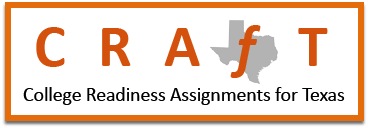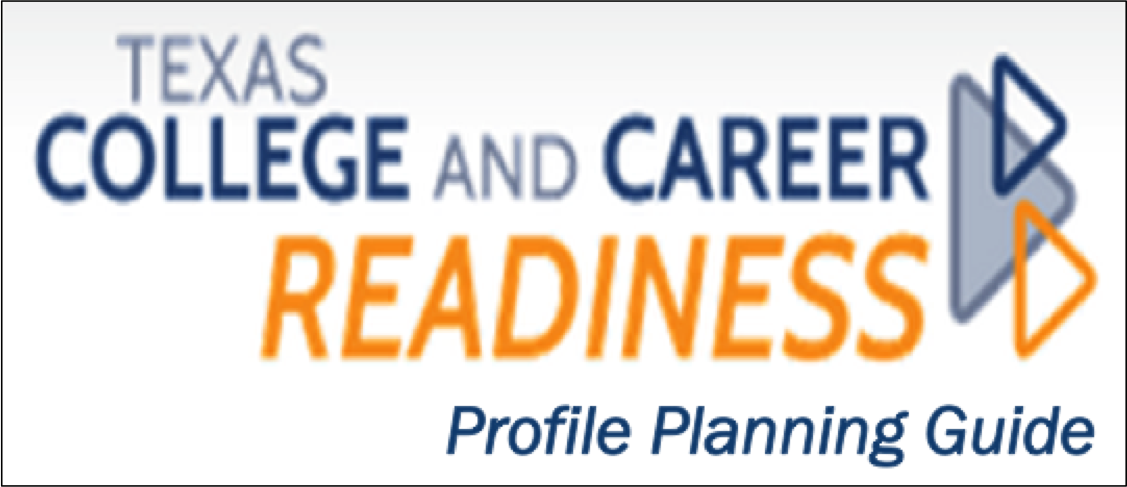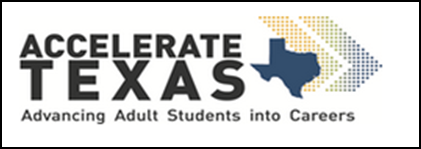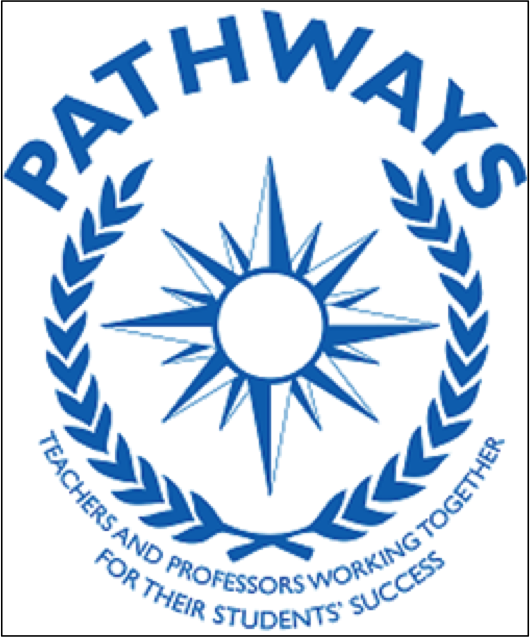IV. Analysis, Synthesis, and Evaluation of Information
A. Critical examination of texts, images, and other sources of information
1. Identify and analyze the main idea(s) and point(s) of view in sources.
a. Read an editorial or opinion column from a major newspaper, periodical, or Internet blog, identify the author’s main idea(s) and point(s) of view, and evaluate the credibility of evidence used
b. Evaluate the message and the techniques used to influence public opinion in a variety of media (e.g., film, television, Internet, editorial cartoons).
2. Situate an informational source in its appropriate contexts (contemporary, historical, cultural).
a. Analyze a film’s presentation of a historical event and the factors influencing this interpretation.
b. Analyze a novel’s presentation of a historical event and the factors influencing this interpretation.
c. Examine the coverage of an important event in several major newspapers (e.g., The New York Times, The Washington Post, The Wall Street Journal) and analyze differences in perspective.
3. Evaluate sources from multiple perspectives.
a. Examine the U. S. Constitution as a living document and why it has been subject to different interpretations.
b. Analyze the Equal Rights Amendment and explain why it generated controversy in the United States.
c. Examine the founding of the United Nations and use sources from different countries to prepare a presentation on its effectiveness at accomplishing its original mission.
4. Understand the differences between a primary and secondary source and use each appropriately to conduct research and construct arguments.
a. Identify and collect credible and high quality primary and secondary sources that are germane to a given topic.
b. Create an argument (e.g., an essay, letter to the editor, verbal presentation) that uses relevant primary sources.
5. Read narrative texts critically.
a. Preview book-length texts by reading introductory material and examining organizational strategies and sources to determine key questions and issues explored.
b. Write a review of a social science text that evaluates the main arguments and the quality of supporting evidence. Conclude with any questions and points of clarification needed to understand the argument.
6. Read research data critically.
a. Analyze the results of a public opinion poll noting the size of the polling sample, the margin of error, the manner in which questions were constructed, and the respondent categories.
b. Examine data in any research document carefully to ensure that collected data were gathered in conformity with high standards of research, and that borrowed data came from respected sources, such as the U.S. Census Bureau.
B. Research and methods
1. Use established research methodologies.
a. Propose or present theories only when they are supported by extensive credible research and when other possible theories have been eliminated by the evidence.
b. Understand the concept of independent and dependent variables and apply it correctly in developing hypotheses regarding social phenomena (e.g., crime, divorce rates, rates of population growth)..
2. Explain how historians and other social scientists develop new and competing views of past phenomena.
a. Compare and contrast two works of history that disagree over the causes of the Cold War rivalry between the United States and the Soviet Union, and explain how the authors came to different conclusions.
b. Demonstrate, using specific examples, how historians or other social scientists can come to different perceptions and conclusions about historical events, such as the Great Depression, by using different types of sources and data.
c. Analyze a specific event based on the works of various social scientists and develop an essay that demonstrates points of contention and agreement among these scholars.
3. Gather, organize, and display the results of data and research.
a. Display relative quantitative or cartographic information when presenting research analysis in appropriate fashion, such as databases, spreadsheets, GIS, image analysis tools, or graphs.
b. Create, administer, and report on a survey of fellow classmates’ positions on an issue.
c. Examine the voting data for particular elections and analyze aspects of voter activity.
4. Identify and collect sources.
a. Collect credible primary and secondary sources that provide various points of view on a selected topic.
b. Use a library database to identify key academic journals relevant to the research question at hand.
c. Create an annotated bibliography on a specific topic.
C. Critical listening
1. Understand and interpret presentations (e.g., speeches, lectures, informal presentations) critically.
a. Analyze a speech of historical importance (such as Lincoln’s Gettysburg Address, Ronald Reagan’s 1987 Brandenburg Gate speech, or Martin Luther King, Jr.’s “I Have a Dream” speech) and summarize its main points.
b. Listen to a lecture and write down questions that require clarification, either by consulting the lecturer or other students.
c. Listen to a lecture and connect the new information with previously studied topics.
D. Reaching conclusions
1. Construct a thesis that is supported by evidence.
a. Develop a thesis statement, outline, and organizational strategy that will be used to support the thesis in a written paper.
b. Utilize the conventions of the discipline and a variety of sources to write a research paper on a topic germane to a given course.
2. Recognize and evaluate counter arguments.
a. Write a short paper advocating a specific cause or action on an important national issue, such as federal immigration policy. Acknowledge counterarguments and explain why your position is preferable to the counterargument(s). Cite evidence that strengthens your argument.
b. Identify and summarize relevant primary or secondary sources that pose contradictory arguments on an issue.


 Show Printable Version
Show Printable Version




